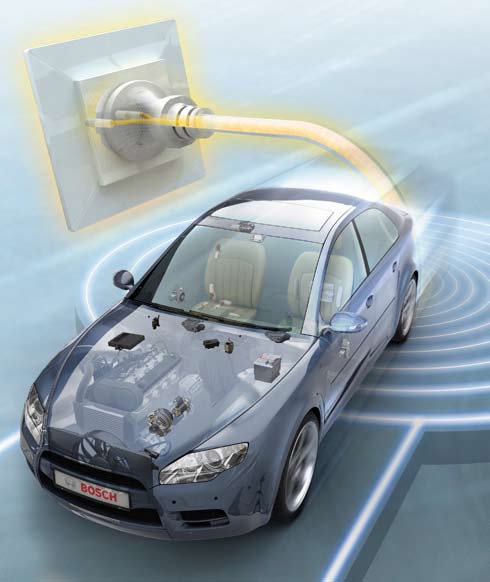
JULY 2009: Necessity is the mother of invention. If you peep into the history, you would realise that cars were originally made of only mechanical parts, but today electronics constitute a major part. Be it the engine, the dashboard or any other part, the use of electronics can be found. But, why was electronics used in cars? Definitely, to make them more efficient, simple and perform better.
The overall trend
Automotive is one of the fastest growing sectors in India. There is a constantly growing requirement for environment protection. Also, the end users are demanding greater fuel efficiency, security and safety. This has greatly contributed to the rapid development of the technology that can be employed in the automobiles. Cars, which used to be only mechanical, now contain more than 1000 electronic components—most of which happen to be sensors and microcontrollers.
What all is going digital?
That’s the question we started off with. Of course, we began with the basic stuff like the music system and the digital clock before we started working in-depth on this story. But, then as the information started pouring in, we were left wondering whether there was anything left (in a car) where electronics is not playing a significant role.
The engine. The engine is the heart of a car. The circuit that automates how much fuel should enter the engine is governed by the electronic control unit (ECU). The ECU consists of sensors and microcontrollers, which govern the flow of fuel into the engine. It decides the amount of fuel to be injected inside the engine with the help of the pressure sensor, throttle position sensor, oxygen sensor, fuel injector and many other components. The main aim of using the ECU is to increase the fuel efficiency of a car.
The transmission. Typically, there are two types of transmission used in cars—manual and automatic, also referred to as manual gearing or automatic gearing. Electronics plays a more significant role in automatic-transmission cars. Herein, the automatic transmission of a car is controlled by the transmission control unit (TCU). The TCU collects information from the sensors attached to the vehicle. It further uses the data to do gear shifting at the right time, which helps to increase the car’s performance and efficiency.
Multiple sensors are involved in this setup. The common ones include:
1. Vehicle speed sensor. It sends different frequencies to the TCU to determine the rotational speed of the engine. This input from the sensor lets the TCU decide when the gear change should take place.
2. Throttle position sensor. This sensor is connected to the gear shaft, and informs the TCU about the current gear that’s been engaged by the driver (or automatically).
3. Turbine speed sensor. It provides real-time information on how the air intake system is functioning at a given time.
4. Transmission fluid temperature sensor. It measures the temperature of oil, fuel, water or engine coolant and provides a signal to the powertrain control module.
The brakes. Anti-lock brake systems (ABS) are becoming increasingly popular in cars. These have two main advantages: they let you stop faster and they let you steer even while you have applied the brakes. The ABS has four major parts, namely, speed sensors, controllers, valves and pump. The first two are assisted by electronics.










